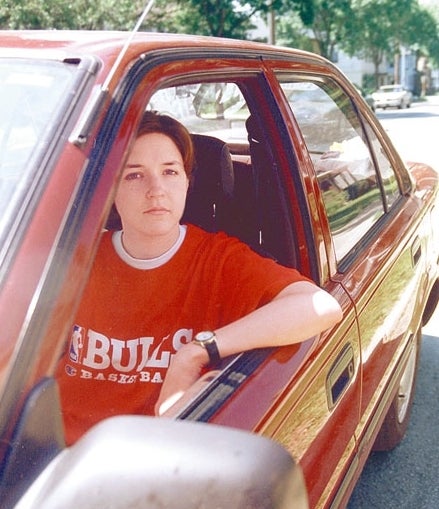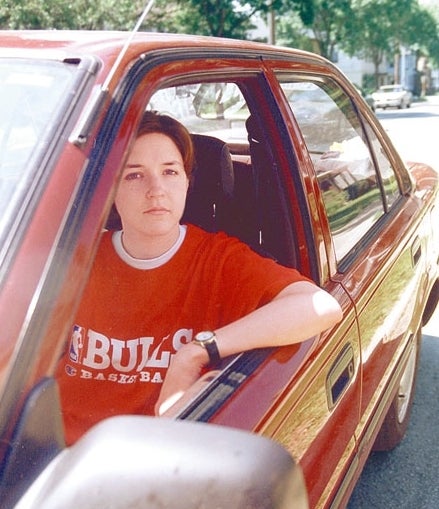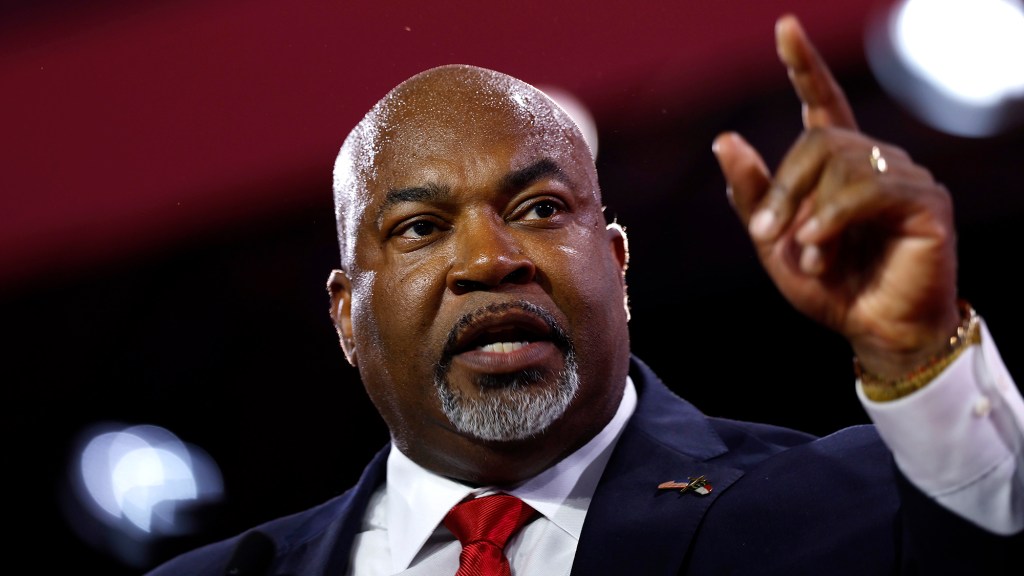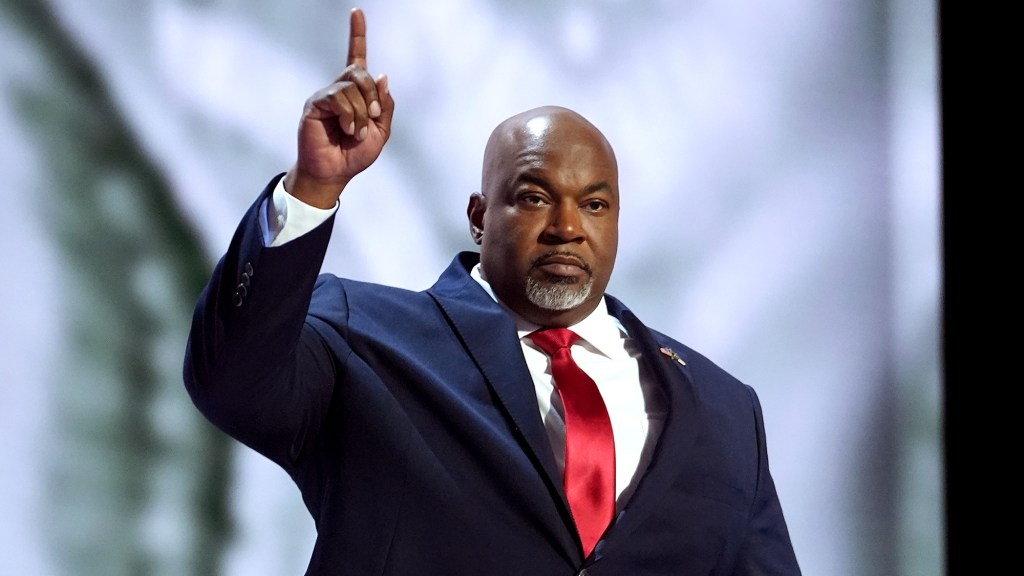LHASA, TIBET—The two million citizens of Chinese-occupied Tibet are placing their hopes for liberation in the hands of Susan Unger, a Chicago-area woman who on Monday saw a bumper sticker urging her to free the long-oppressed land.

“She has heard our plea, affixed to the back of [Chicago resident] Joshua Hartley’s 1987 Toyota Tercel,” said Dar Rhamsala, leader of the Tibetan Free People’s Resistance Movement. “We pray that she will now help us.”
The 26-year-old Unger, who has vowed to do everything she can to free Tibet despite her lack of experience at resolving international crises, was driving to a local pet store when she spotted the sticker. “As soon as I saw the Free Tibet sticker, with its slogan fashioned in yellow, Oriental-style characters superimposed over the Tibetan flag, I knew I had been confronted with the truth. I simply had to act.”
Unger has already requested time off from her job as a customer-service representative at First Chicago Bank to fly to Tibet and meet with leaders from both sides. She said she hopes to have the situation resolved by next Friday, when she has to be back at work.
“If I can’t convince [Chinese Premier] Li Peng to pull out of Tibet altogether, hopefully I can at least get him to stop all the human-rights violations,” Unger said. “I just hope I can get it done quickly—Tibetan lives are at stake. And besides, I’ve only got eight vacation days saved up.”
Unger said that on her diplomatic visit she will bring along a “Free Tibet” bumper sticker, which she hopes to show to Premier Li. In 1993, a band of Tibetan resistance fighters attempted to flash a copy of the persuasive sticker in front of Li, but he turned away before he could read its powerful message. The fighters were hanged, and the incident resulted in a massive bumper-sticker crackdown throughout China and Tibet.
“An attractive, brightly colored sticker, if placed in a highly visible spot like the rear bumper of an automobile, could theoretically move millions of motorists to political action,” University of Washington political-science professor Karl Young said. “And in the case of Miss Unger, she encountered the sticker during her commute or ’personal drive-time,’ a period of the day when commuters are at an unusually high level of political awareness. My suspicion would be that she is one of many who have been moved to free Tibet by this sticker.”
Joshua Hartley, owner of the Toyota displaying the bumper sticker, was not surprised by Unger’s revelatory experience.
“My ’Free Tibet’ sticker, placed in a position of honor at the rear of the vehicle, is a profound expression of my belief that Tibet should be freed from Chinese tyranny and returned to its rightful status as an independent nation,” Hartley said. “It is a message that, when delivered through this format, cannot be ignored. I’m not surprised that its powerful message has moved others to action.”
Added Hartley: “Raising awareness is the key.”
A 1996 Department of Transportation driver-awareness study shows that during any given hour spent behind the wheel, the average motorist spends 42 minutes visualizing world peace, reaffirming his or her commitment to apply the brakes for animals, or, in the case of lovers, contemplating relocating to Virginia.







